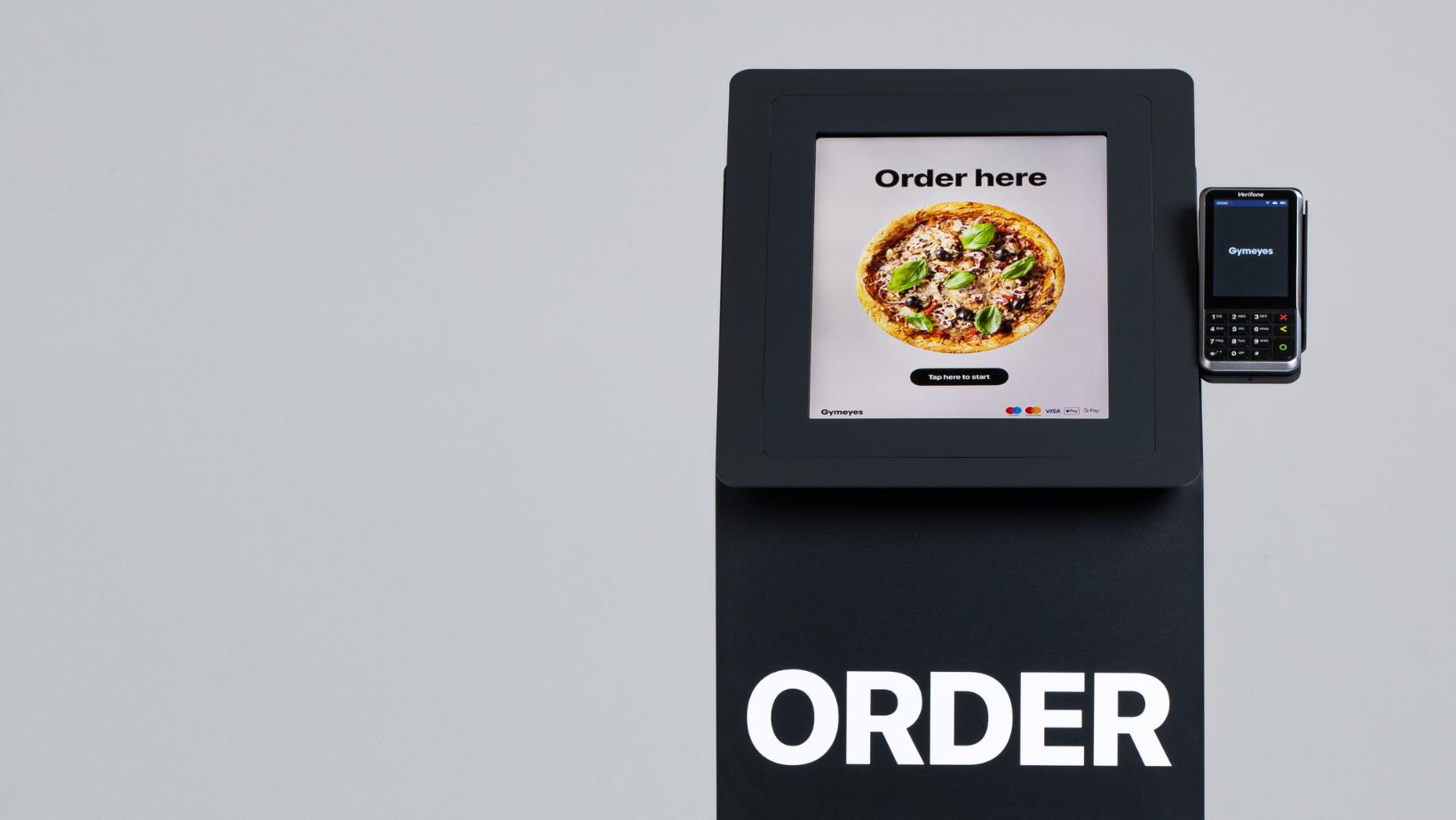
Short-staffed restaurants, bars and hotels are turning to self-service kiosks for help, here’s why
2022’s acute labour crisis is no surprise to anyone. Staff are leaving the sector for a variety of reasons, from fear of customer-facing roles during the pandemic, to migrating away from cities and towns and the allure of other industries, which are open to remote and flexible working conditions with higher salaries.
Recent research from Flipdish shows that 85% of restaurant owners are struggling to hire staff, and of those, 42% say employees do not want to work longer hours, 38% say potential candidates don’t have enough experience and 36% claim there simply aren’t enough people available.
Looking at the wider picture, according to an ONS Labour Market report, total hours worked increased every quarter in 2021 due to the relaxing of some coronavirus (COVID-19) restrictions, but still remain below pre-coronavirus levels. And total actual weekly hours worked increased by 14.8 million hours to 1.04 billion hours in January to March 2022, compared with the previous quarter.
Prior to this, the International Labour Organisation highlighted that 8.8% of working hours were lost in 2020 relative to the end of 2019, the equivalent of 255 million full-time jobs.
It is therefore no surprise that when Flipdish conducted its new research, it was revealed that 45% of restaurant and cafe owners are having to ask existing staff to work longer hours and 46% having to work longer hours themselves to deal with the staff shortage that has been ongoing for the last few years.
Technology has been called upon to help solve these labour shortages and create a superior customer experience, with 44% of restaurants, bars and cafés deploying QR code order and pay systems or digital kiosks to bridge the gap.
Even before the pandemic struck, many restaurants had turned to digital ordering systems in the form of self-service kiosks and QR code ordering to streamline processes and reduce the burden on overstretched teams. And customers taken to these innovative solutions.
Research conducted in 2019, prior to the pandemic, found that 25% of customers were already using self-service kiosks (up 7% on 2018), with more than 65% saying they would visit a restaurant more often if they provided the option. Three in 10 even stated that they preferred ordering this way.
There is also a strong financial case for implementing self-ordering systems, especially at restaurants where fast service is expected. Here, our own findings show that self-service kiosks are leading to orders being made up to 40% faster than at the counter, with customers also averaging higher spends as they can scroll through and browse entire menus.
Of course, these solutions don’t have to but can replace the human element of service. The benefit they deliver is greater choice for the consumer, improved flexibility to innovate menu items and giving restaurant managers the ability to move their existing staff around as and when needed.
Regarding the latter, self-ordering kiosks open the possibility to deploy floating team members to stations which are extra busy or need attention, such as dining room greeting, delivery and cleaning, when they otherwise would be tied up taking orders. Overall this facilitates a superior customer experience.
Self-ordering systems provide an alternative for those guests who may still be concerned about COVID-19 or who value efficiency. As a result of this realisation, 20% of UK restaurant and cafe owners’ top priority for this year is to invest in new technology like table ordering and digital kiosks. Having such an option could be the difference between gaining and losing customers in what are still uncertain times.
See how Flipdish can suit your business’s needs by exploring its range of self-service kiosks.


